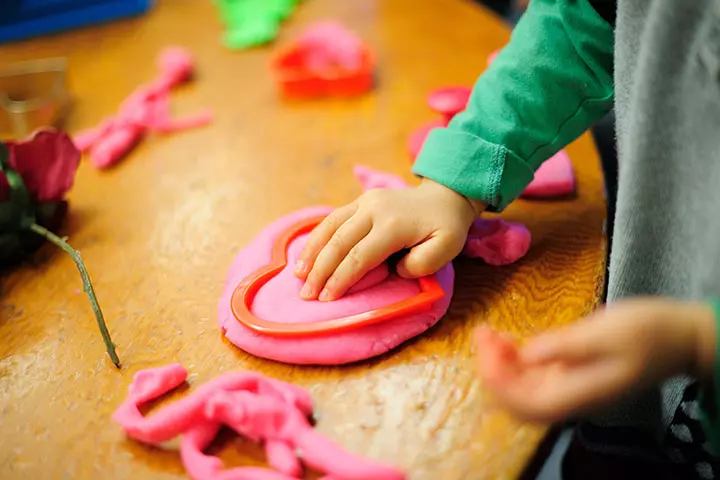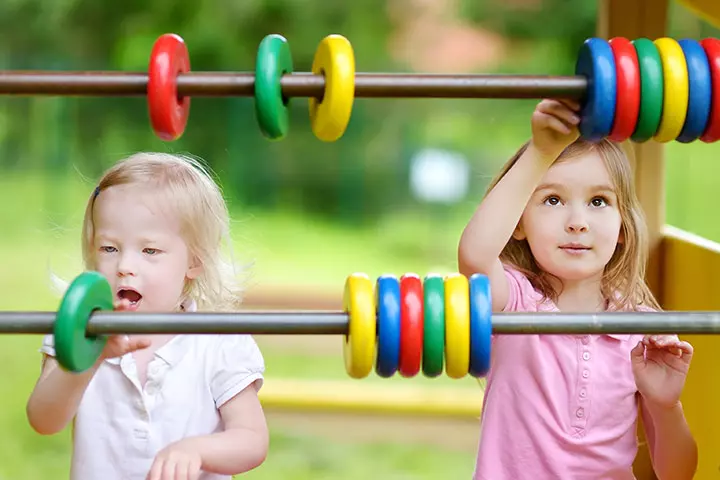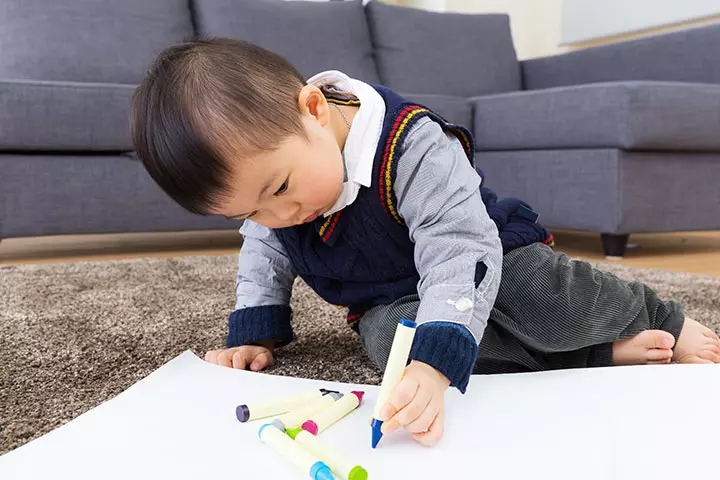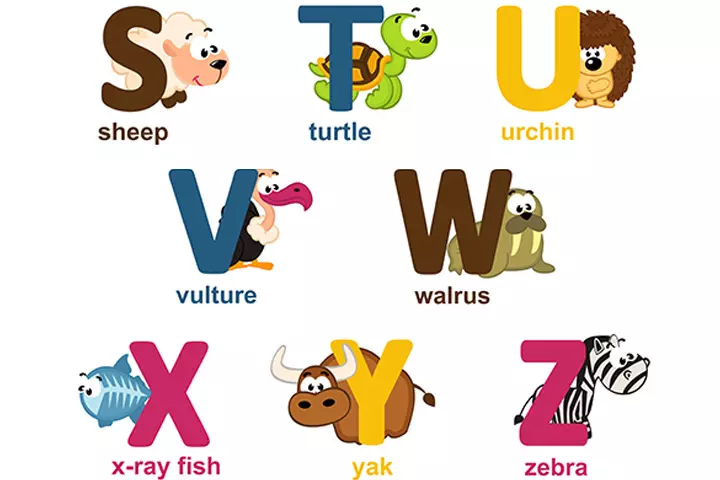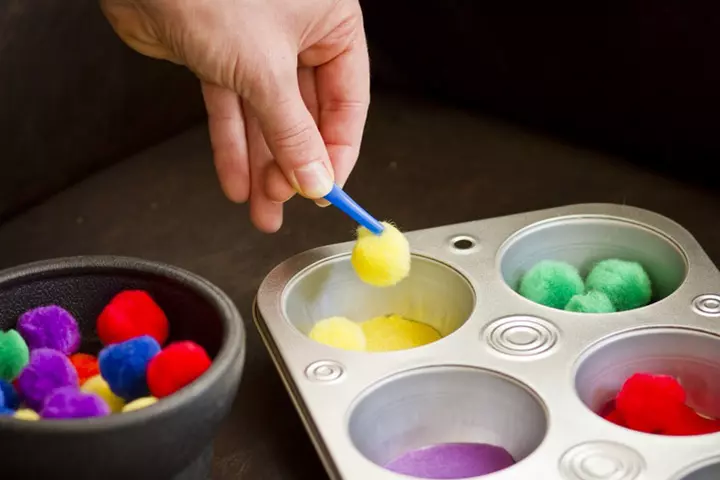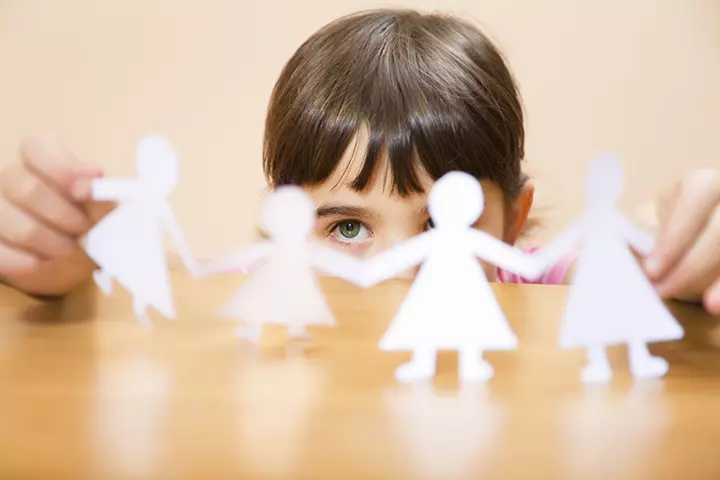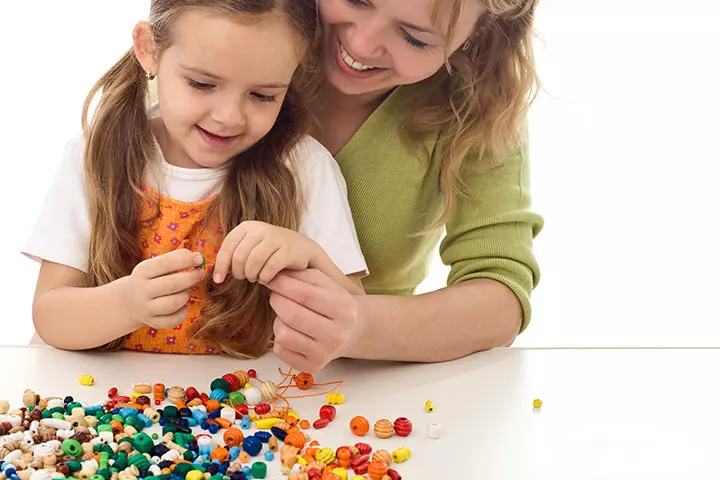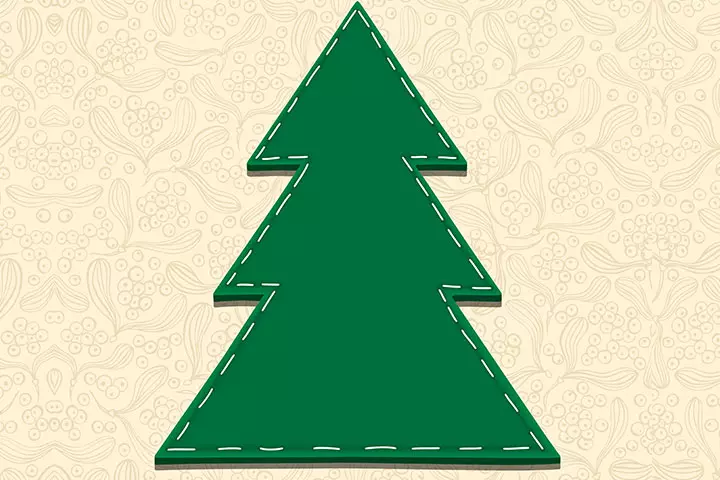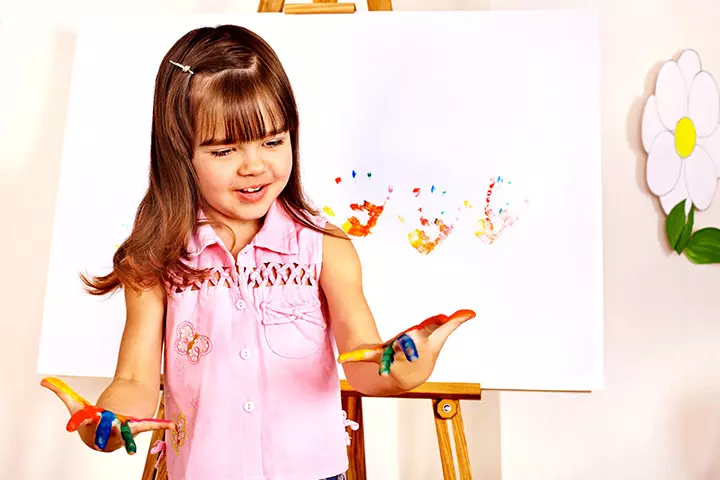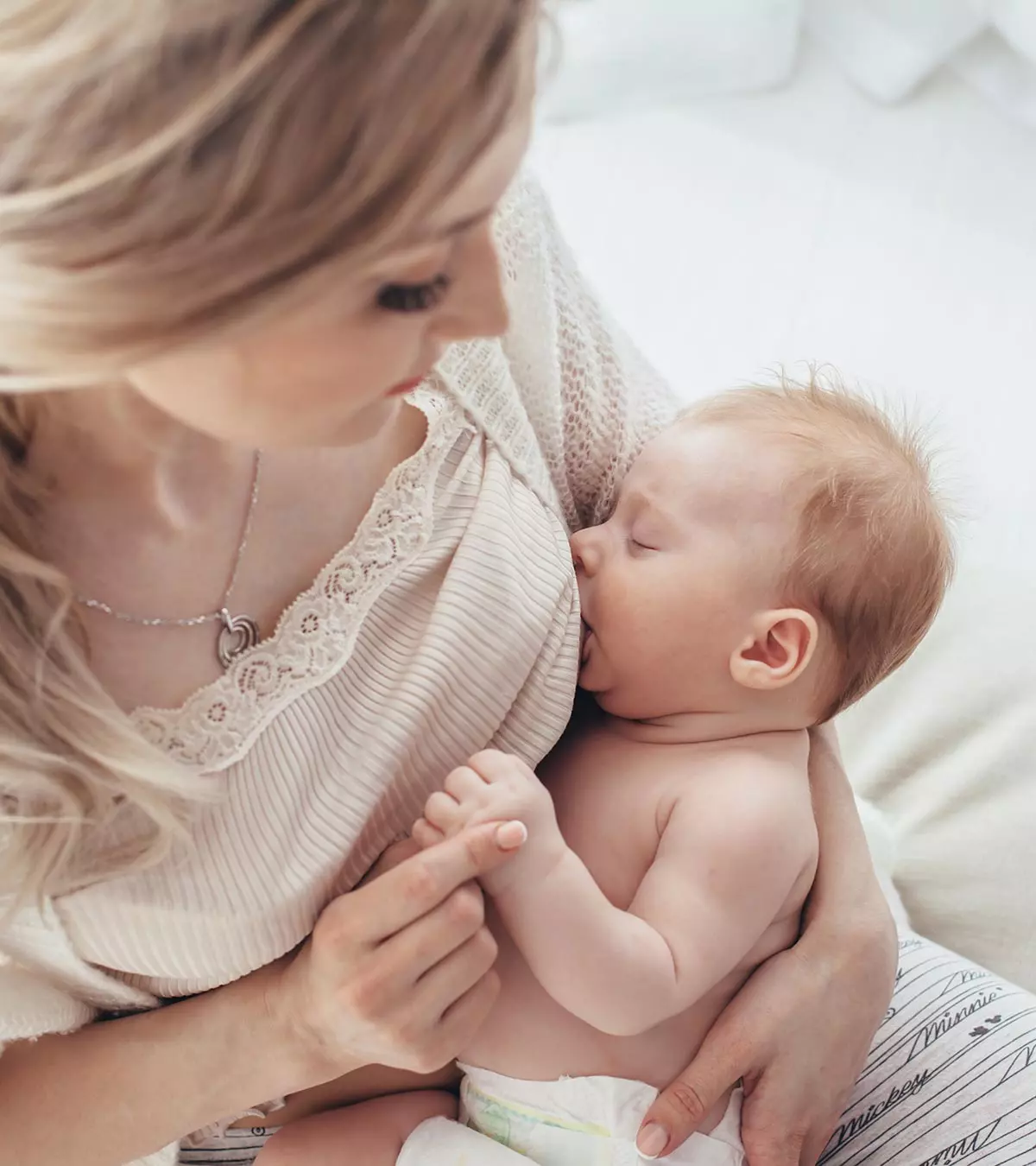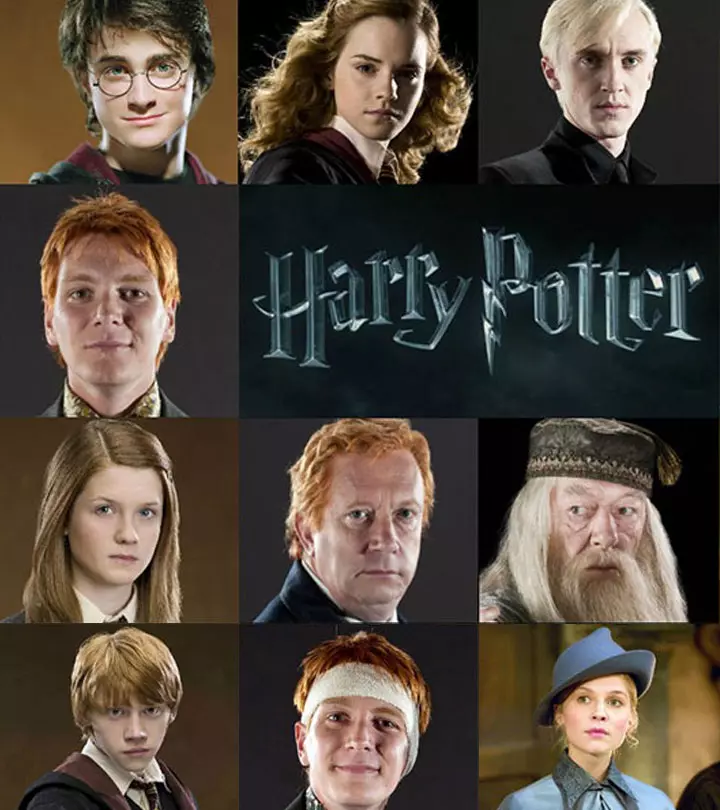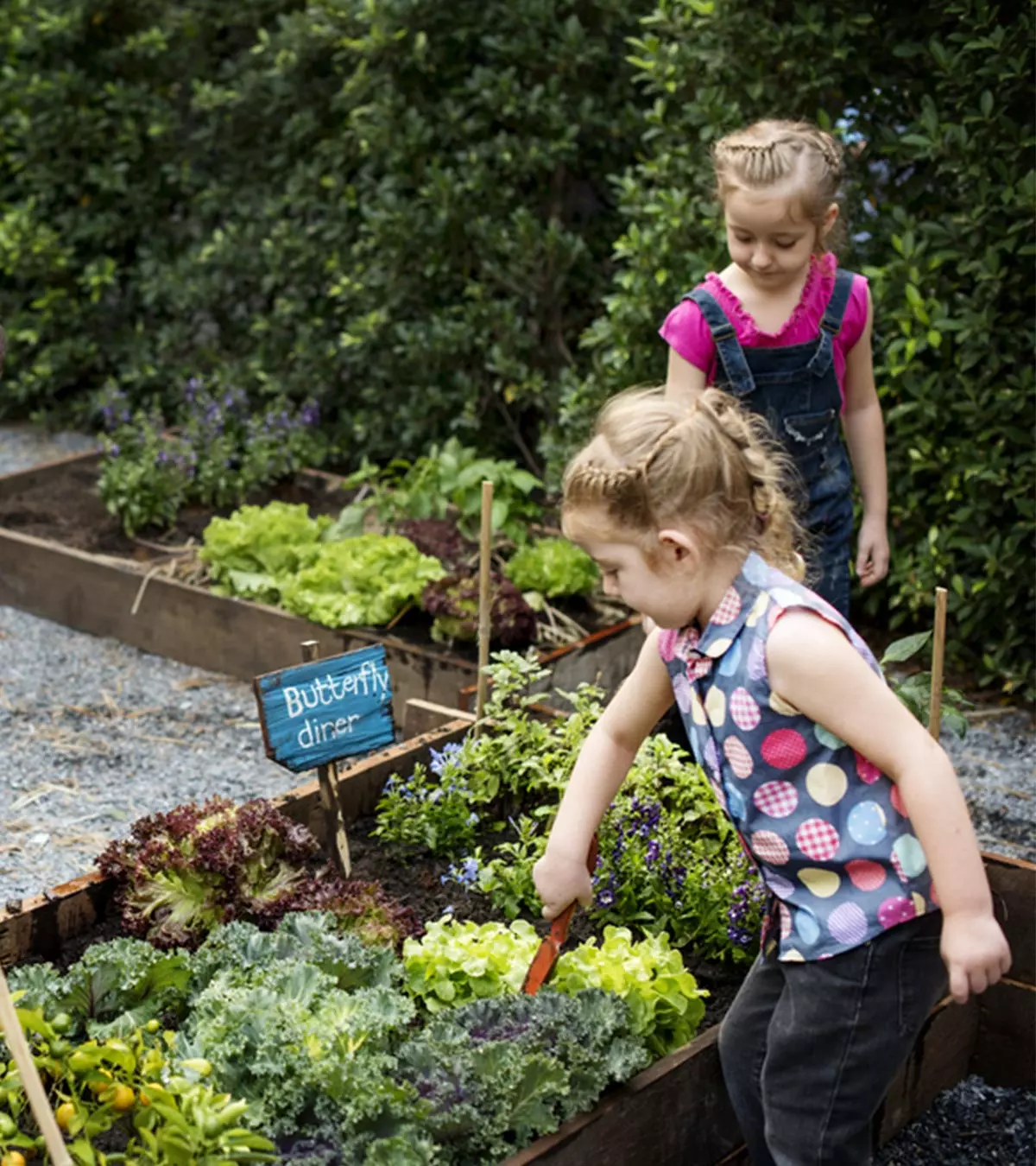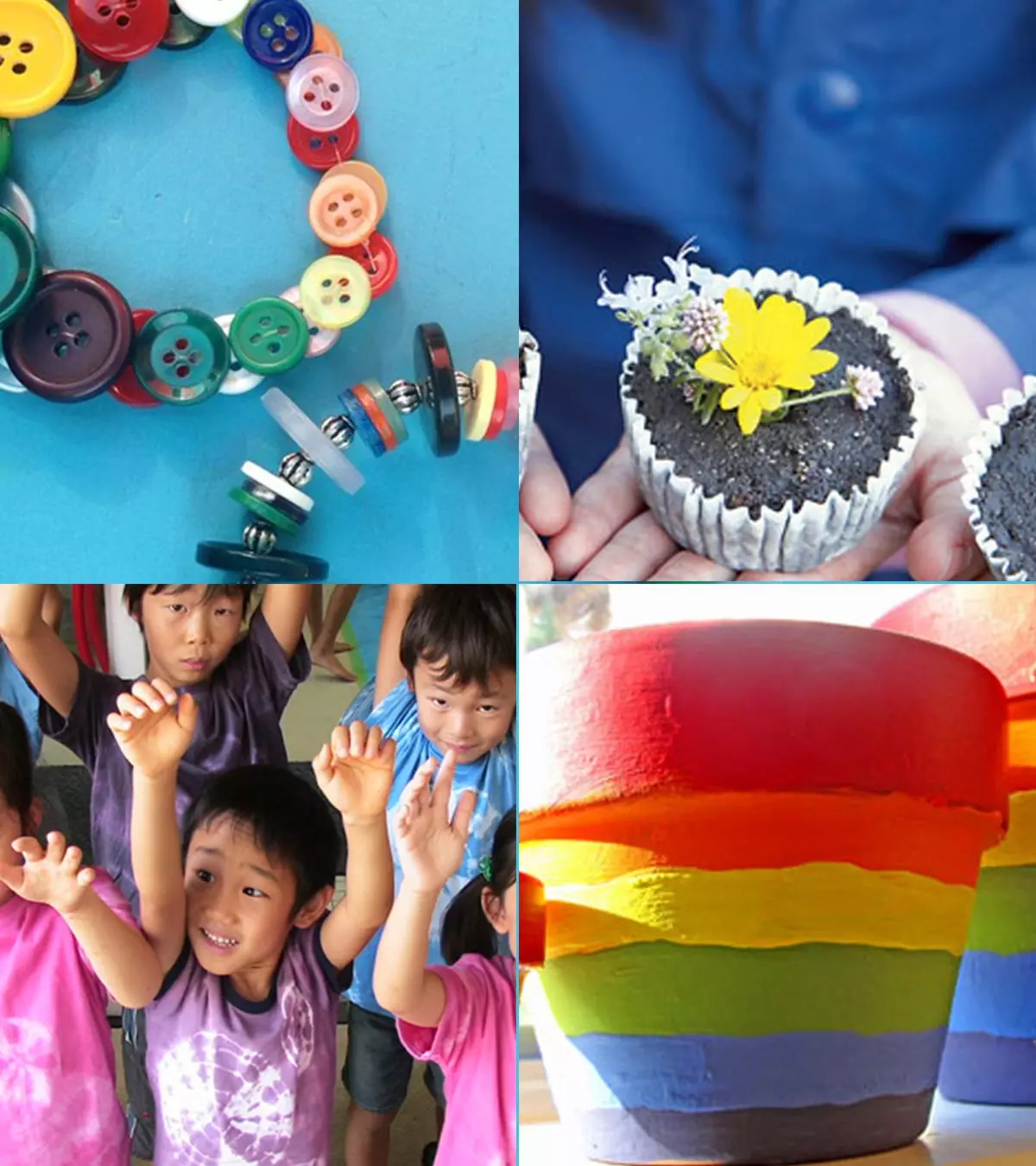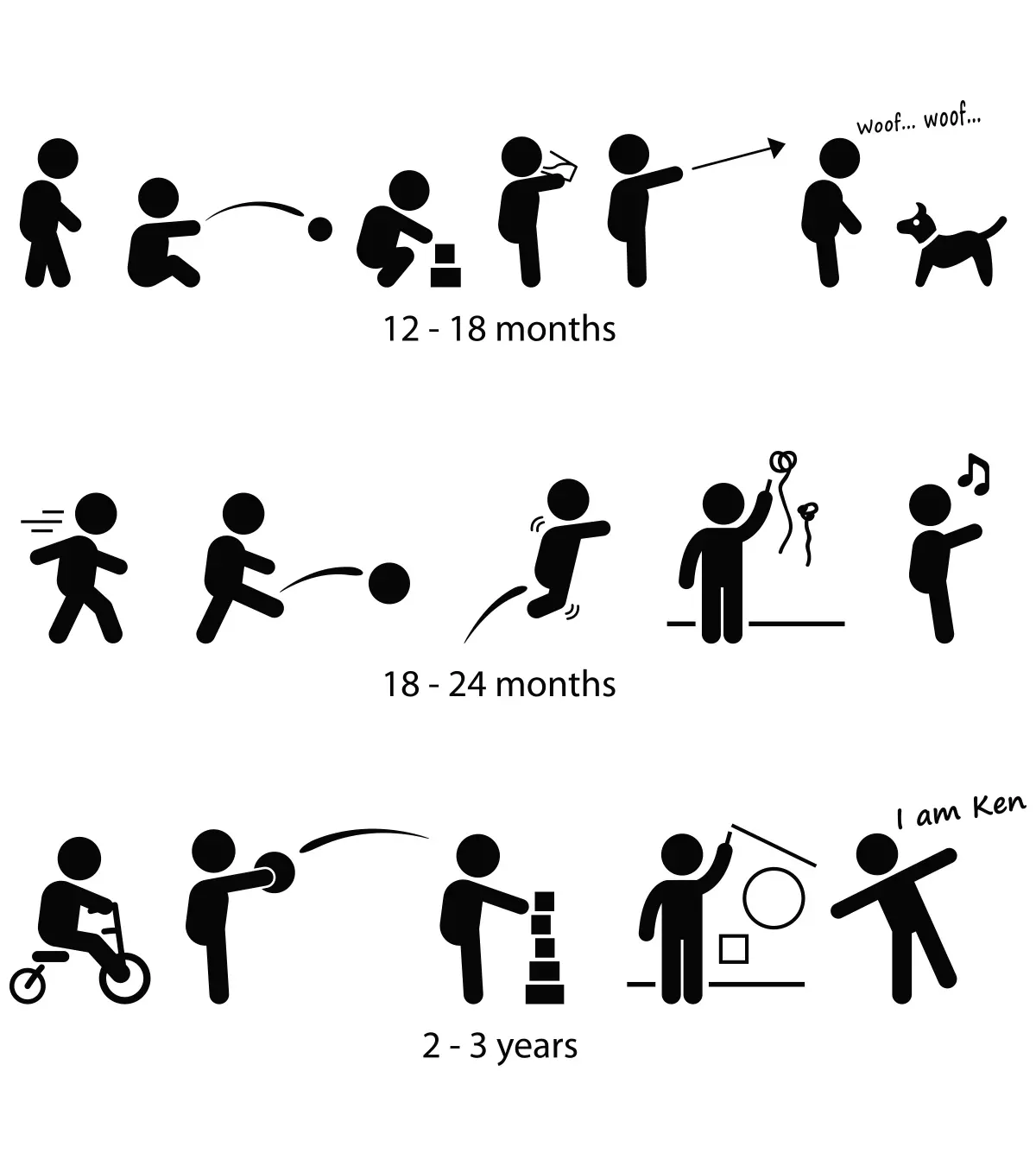

Image: Shutterstock
Many parents are constantly worried about their child’s physical and mental growth. However, the rate of development of fine and gross motor skills in children can be different for everyone.
Motor skills are the ability to move and perform different tasks using different body parts. Some children may quickly pick up skills such as walking, crawling, and writing. At the same time, others may take more time, which is normal. However, you can help them reach these developmental milestones using some techniques.
In this post, we discuss the motor skills in children, including the types, stages at which they achieve these skills, and activities to help them develop these skills.
What Is Motor Development In Children?
Motor development is the various movements your child performs. These movements involve components of your child’s muscles. The movements that your child makes as part of the motor development or motor skills are voluntary. At the time of birth, your child’s nervous system is still immature. Hence, there will be considerable motor development and growth in the first year and early childhood. [1]
Key Motor Development Facts In Children
Before you understand the various motor skills, here are a few interesting facts about your child’s motor development: [2]
- During the first few years of life, he will learn to respond to daily activities and occurrences through involuntary physical actions. Such actions happen gradually and follow a sequence.
- The rate at which your child’s motor development will grow will differ from other children.
- The direction of motor development in your child happens from the head to the toe. Your child will first learn to control the head and the neck.
- For gross motor skills, your child uses larger muscles that help him with actions like sitting, crawling, standing and walking. Most of these motor developments happen during the first year.
- In fine motor skills, your child develops control in the smaller muscles that help gain control of the hands and fingers. Such development will help your child in finer activities like grasping, dressing up, picking and feeding.
- Children can often reach different skills and development at different stages, even within themselves. For example, your child may learn to grasp and pick up objects faster than most children. On the other hand, your child may be a slow learner when it comes to sitting up or walking, as compared to other children.
Common Motor Development In Early Childhood
Your child will reach various motor development milestones during his first year and early years. Here, we list some common fine motor skills in children. Do remember that it is natural for some children to have a delay of a few months. On the other hand, some children may reach certain development areas earlier than you expect. In case, your child faces a big delay in developing motor development skills we mention above, consult your pediatrician immediately. [3]
Gross And Fine Motor Skills In Young Children
- Your child may be able to stand by the 12th month of his life.
- By the time your child is 15 months old, he should be able to walk himself. Some children don’t walk till they are 18 months old. In case your child does not walk even after 18 months, do consult a doctor.
- Between the 16thand the 18th month, your child may also learn to walk backwards. Most children will also be able to climb stairs by now.
- Your child will be able to jump in the same place by the 24th
- By the time your child is 36 months old, he will be able to stand for some time on one foot and also ride a tricycle.
- By the time your child is 15 months old, he will be able to form a small tower using two or three blocks.
- Your child will be able to do scribbling by the 18th
- By the 24thmonth, your child will be able to use a spoon independently.
- By the time your child is 36 months old, he should be able to copy a circle.
Motor Skills In Preschoolers And Kindergarten
During his preschool and kindergarten years, you will notice the following motor skills:
- Clapping hands
- Touching fingers
- Gluing things on a paper
- Grasp and use pencils and crayons and scribble and draw
- Build a tower of up to ten blocks
- Button up and unbutton again
- Learn how to close and open a zipper
- Complete small puzzles that have five or little more pieces
- Copy a cross or a circle on a piece of paper
- Cut out small and simple shapes using a pair of safety scissors
- By three years of age, he will be able to walk independently and well.
- By the third year, he will also have a better control over running while he may still not be too good at it.
- By four years of age, your child will be able to walk almost as well as an adult.
- By the time your child is four, he will have a better grasp at running.
- Between five to six years of age, your child will be able to run almost as well and as easily as an adult.
- Between three and six, your child will grasp skills like climbing and more.
- By six, he will be able to hop and jump over much longer distances.
- He will begin a simple shuffling motion by three years of age and will learn to skip by the age of six.
- By the age of six, your child will also be able to kick backwards and forwards.
- By the third year, he will be able to catch a large ball with straight hands. By the fourth year, he will learn how to catch by bringing the elbows in the front. By the sixth year, your child will be able to hold the elbows at the sides and catch a ball. [4]
10 Fun Fine Motor Skills Activities For Kids
The activities that you plan for your preschooler will go a long way in ensuring that the motor skills and the development of fingers, hands, wrists, legs, etc., are all on the right track.
Here are our suggestions for fine motor skills for kids:
1. Fun With Play Dough:
Image: Shutterstock
Playing with the play dough can never go wrong! The play dough is soft to squeeze but is strong enough to give enough exercise to the fingers of your little one.
- Stretching and squeezing the play dough strengthens the hands, wrists and fingers of your kid.
- Also, making different shapes with the play dough develops your kid’s sensory experience.
2. Stack Up The Common Color:
Image: Shutterstock
You can have different objects like buttons, balls, blocks, rings, etc., of different colors in a box. You can then ask your little one to collect the objects of the same color in a different box.
- Give your kid as many boxes as you like so that your kid can have fun collecting and storing all objects of a particular color in a single box.
- This will give your child enough exercise to develop his or her motor skills and will also help him understand the exercise of grouping.
3. Draw With Crayons:
Image: Shutterstock
Give your child some small crayons or broken crayons and a plain sheet of paper with some blocks or shapes drawn on it.
- Now, guide your child to color the blocks or shapes as per their wish.
- The activity will help your child to understand strokes and colors better.
4. Pull Out The Stickers:
Image: Shutterstock
Have a large sheet of different forms of stickers on it. Also have a plain chart paper with you.
- You can ask your little one to pull out the stickers from the sheet and to paste it on a the plain chart paper.
- Pulling out the stickers is usually fun for kids.
5. Homemade Tweezers:
Image: Source
This is fun exercise and helps in developing the motor skills of your kid. Give your kid a straw and show him the way to make tweezers.
- You can do so by bending the straw into half and add a tape to hold it by securing the top edge of the straw where it is bent.
- Though this will not be a robust tweezer, working on it is going to be enjoyable for your little one!
6. Fun With Paper Dolls:
Image: Shutterstock
You can always teach your kid to make some paper dolls. It’s easy, fun and helps in enhancing the creativity and the motor skills of your kid.
- You can have your child make paper dolls of animals or plants or any other objects.
- Coloring the paper dolls with water colors is going to be a lot of fun for your little one.
7. Make A Necklace Of Your Choice:
Image: Shutterstock
Give some colorful beads to your kid along with a long string with a knot on one end.
- Your child can insert some beads into the string and make a necklace out of it. The knot on one end will ensure that the beads do not fall off.
- Once your kid is done putting the beads in the string, you can show the necklace to your kid. Kids just love to see what they have accomplished.
8. Weaving Around A Card Board:
Image: Shutterstock
Give your child a soft cardboard and help her weave around it. It helps in strengthening the hands and the fingers of the kid.
- You can cut a cardboard in the shape your tot likes. For instance, you can cut out a soft cardboard in the shape of a heart or a circle.
- Cut out the middle of the cardboard so that there is a blank space in the middle; now, your darling can weave around the edges, with the help of a blunt needle and thread.
9. Finger Painting:
Image: Shutterstock
Children have fun in making colorful paintings with their fingers and enjoy a lot with the colors.
- Give your kid an empty chart paper and some colors that she can put on her fingers.
- Let her then lay her fingerprints on the drawing book or the chart paper and have fun as she draws images of her own imagination.
10. Paper Cutting:
Image: Shutterstock
Draw a particular shape of an object on the paper and ask your child to cut it along the borders of the drawing.
- Teach your child to use blunt scissors and ask her to cut different shapes from a piece of paper.
- Let your child place the paper cuttings on a table or arrange them as per her wish; this helps in developing her thinking capability and motor skills.
Frequently Asked Questions
1. What do children learn from gross motor skills?
Developing gross motor skills is vital to a child’s growth and development. These skills help children instill a sense of control and balance in their movements with confidence (5).
2. At what age do children develop gross motor skills?
The development of gross motor skills might begin when a baby is two months old (they start kicking their legs and waving their arms). By two to three years, toddlers can perform complex activities such as climbing stairs and play equipment (6).
Motor development refers to voluntary movements, and every child attains them at their pace. The gross motor skills in children use larger muscle groups, while fine motor skills use smaller muscle groups. Your children can master motor skills such as clapping hands, gluing papers, and building a tower with blocks at preschool. However, you may enhance their understanding by introducing several games and activities. Keep introducing age-appropriate activities to help them learn better. Some activities that can help you develop your child’s fine motor skills are drawing with crayons and making a necklace with beads. If you notice any delay in their motor development, talk to a doctor.
References
- Perceptual Motor and Physical Development.
https://headstart.gov/school-readiness/effective-practice-guides/perceptual-motor-physical-development?redirect=eclkc - Normal and Abnormal Development in the Infant and Pre-School Child.
https://www.nemours.org/content/dam/nemours/wwwv2/filebox/service/health/parenting/seminars/infantdev.pdf - Toddler development.
https://www.nlm.nih.gov/medlineplus/ency/article/002010.htm
Community Experiences
Join the conversation and become a part of our nurturing community! Share your stories, experiences, and insights to connect with fellow parents.
Read full bio of Dr. Holly Schiff
Read full bio of Jessica Albert



